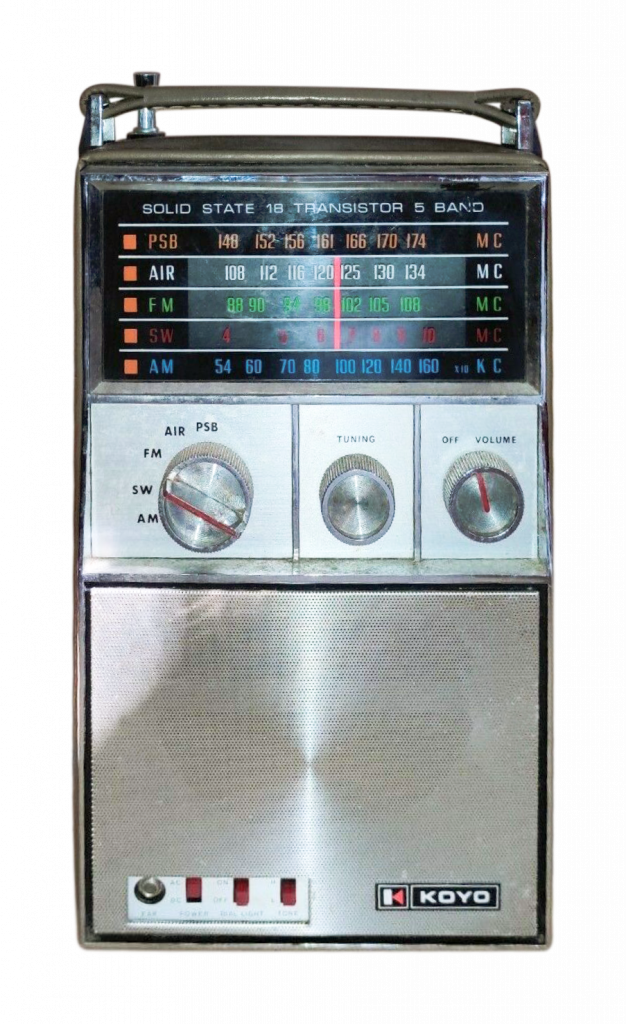
As one of the Editors of these blog posts, while doing some research, I stumbled across the following website: https://swling.com/blog/2012/07/is-there-anything-to-listen-to-on-shortwave/ and it immediately reminded me of an event from my youth which has had a long-lasting influence on my life.
On my 10th Birthday, my Mother gave me a portable SW/MW/LW (Short Wave/Medium Wave/Long Wave) radio as a present. Most nights, I spent hours listening to that radio. Sometimes, I would listen from underneath the bed covers (so that I wouldn’t disturb the rest of the family who were sleeping). I would turn the dial to set the frequency and then move the aerial into different positions (or the whole radio would be moved to a different place in the bedroom) to try to improve the quality of the sound. Quite often, in spite of my efforts, the radio stations would be barely audible due to atmospheric interference and there would be a background hiss so loud that I was unable to hear anything. However, this didn’t put me off and I became fascinated by the number of radio stations transmitting from so many different countries and in so many different languages. To me, it was mind-blowing.

Fast forward quite a few decades and technology has advanced to such an extent that we can now listen to internet radio. A technology that can be easily accessed by simply typing in the URL or by selecting a station, on a dedicated device, from its associated internet radio database. All that is needed is a device that can play back streams and a suitable, regularly updated, station directory listing such as Airable.
Today, not often is the listener inconvenienced by atmospheric weather conditions and or location. Now, with the right listings like airable.Radio, a listener can hear the chatter from airport control towers, find out what the Los Angeles Police Department is responding to at any time, listen to the Air-Sea Rescue services of the RAF at Lossiemouth or to whatever you choose from around the world. These listening choices were inconceivable to a 10 year old so many years ago. At that time, amateur radio operators (otherwise known as Radio Hams) were able to access some of these types of stations but it wasn’t possible for the majority of people.
It is so easy to take this technology for granted but for those of us who are of a certain age, the changes to the way in which we listen to radio have been quite amazing. (David Reay, airable Editor)
